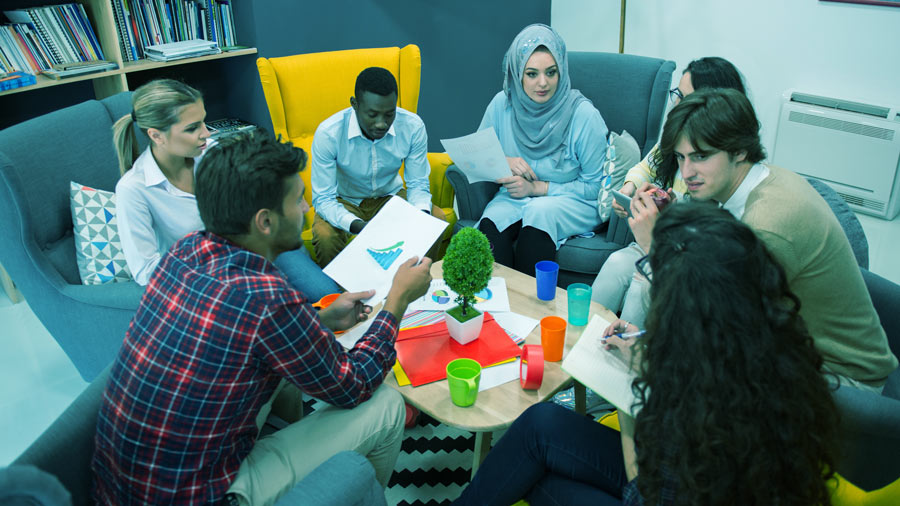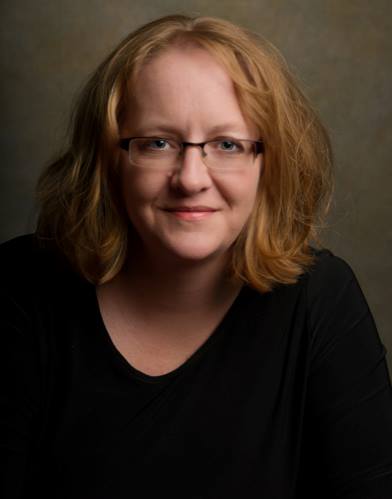It’s no secret that teams are an integral part of undergraduate engineering courses. In my last two decades of teaching engineering and technical communication courses, I’ve been asked to help in many engineering courses where student groups were struggling.
I’m going to be plainspoken: engineering students struggle (and hate) working in teams because they are expected to perform as a team without ever being trained in the basics of teamwork. For university, college, or professional situations, we know that healthy, high-functioning teamwork is a baseline expectation and competency, not a luxury.
My claim is this: if—as instructors–we require teamwork in our courses, we must support and train students in that skill set. Working in a team is not easy or predictable. I argue that developing team skills is an essential skill set for any graduating engineering student, and those team skills should be taught, supported, and embedded in the engineering courses themselves as much as any technical skill.
As well, if we are earnest in our efforts to make STEM as diverse as possible, unsupported project teams are often rife with micro- and macro-aggressions towards women, people of color, those from different economic status, and those that identify outside of hetero norms.
If your course requires teams, it behooves you to support those teams in earnest. I will recommend some baseline elements that will support your students and empower you, as well.
Defining “Group” versus “Team”
To define the word team for this article, I want to establish that a team is decidedly different than a group. A group is a small set of students working together for a quick activity (an in-class activity, or maybe something short-term for a week or two). A team, on the other hand, should be formed with intention and work over a longer project; teams imply common goals, defined workflows, and structured, iterative, and assessed interactions.
Understanding Why Students Hate Teams
Students don’t like teams because of some common occurrences:
- There’s almost always a slacker.
- Someone on the team is too bossy.
- Some participants only do work at the last minute.
- Unstructured and unsupervised team time allows for aggressive behaviors, which too often include students being physically and emotionally attacked. (It happens all too often!)
- They don’t like being graded on one final deliverable when the team process itself isn’t graded or assessed.
- They think that they are in teams just because it makes for less grading for the instructors.
As teachers, it behooves us to deconstruct, address, and create team experiences where those notions and issues are minimized as much as possible.
Creating Stronger Teams
There are several ways that we can provide supportive scaffolding for any class and for any team project. Below are some recommendations, some of which build and support another.
Begin with a “Rules of Engagement” Document
At the start of a course, instructors provide a syllabus, which often contains the “rules” of the course. However, another element to add to launch a course can be a Rules of Engagement document, where all students contribute ideas on how to have a respectful working environment.
Using an open document, such as in Google Docs or via Microsoft Teams, encourages direct student contributions to the course environment. You could ask that each person provide at least two unique “rules,” signing their names to the items that they include OR use the version history to track contributions. My own practice is to attach points to this activity in order to give it weight. Here is a sample that you are welcome to use/edit for your own purposes.
Create the Teams
There are many discussions about better/worse ways to form teams, and it’s likely that you have your own needs or practices in this regard. Considerations of skill sets, gender, majors, and times available are just some of the factors that can impact team formation. (Side note: I recommend disallowing teams to choose their own membership; it often leads to trouble and broken friendships.) I have found that using a “time available” factor when forming teams helps students to find a common meeting time, which is often a struggle.
Here are two programs that can help form engineering teams:
- CATME(Comprehensive Assessment of Team Member Effectiveness) is a paid program that will sort students into teams with a criteria chosen by the instructor/s. Within the paid service, CATME will also provide unlimited surveys to systematically gauge team effectiveness. This program is from Purdue Engineering Education and was created through an NSF grant.
- GroupEng is a free open-source program that will sort students into teams with criteria chosen by the instructor/s.
Require a Team Charter
Once teams are formed, their first task should be to write a team charter. No matter if you call it a team charter, a workflow document, or something else, the idea is to ask students to establish early, actionable, and predictable expectations for team actions. All students must contribute equally to the creation of this document; this is where a format that allows for a version history to be observed is key for the instructor. In my own courses, this is a graded/weighted document.
Here are some examples, which build on ideas from Joanna Wolf’s book Team Writing. (These example charters include items not only about writing.)
Help Teams Create Reasonable Processes
Once the team charter has settled in, teams should begin planning for the arc of the projects. Of course, all students look at due dates, but part of their project planning should be incremental, actionable, and assessed benchmarks towards that final deliverable.
An action plan can help teams visualize and articulate those benchmarks. Of course, this document will be completely driven by course content, scope, timing, etc. An example is provided as a starter for your consideration.
Assess Team Performance During and After
As with any project in a work environment, teams in engineering courses should have periodic check-ins with the “project manager” (the instructor) to be sure all is going well. This process can be very hands-on (team meetings with the instructor) and/or a bit more distanced, such as using an online form or software package. As with other elements in a team-based cycle, I like to assign points to completing these team check points.
I’m not associated with CATME at all, but I do recommend it highly, having used it for over 10 years, each and every course. CATME will not only sort your students into teams, but it will also allow you to send periodic team assessment surveys, which can be shared just with you (as the instructor) or with the entire team; either of those choices has its own pedagogical purpose. CATME can also provide a plethora of stats, which might help your ABET documentation, too.
Another newer tool just launched is called CoStudy, which “automates the administration of team projects/activities in the classroom, giving professors more time, knowledge, and resources to empower their learners with the skills needed to succeed post-graduation.” This newcomer to the team assessment stage is created by and for engineering students, but it can be used across many disciplines.
Of course, other tools can serve you for occasional team check-ins. Google Forms could provide insights, as could a variety of MS Teams offerings.
Please keep this in mind: if students report issues, you should be prepared to perform some sort of intervention to make things right within the team. To this end, it is wise to have completed your own teams training, diversity training, and/or leadership trainings as part of your professional development.
Create and Support High-Functioning Teams
Teams require support, which is why technical firms have project leaders and managers. If you are requiring teams in your courses, a powerful pedagogy includes teaching how to enact successful teams in your fields. While keeping the traditional assessment of final deliverables, it’s also incredibly powerful to assess how teams arrived at those final deliverables, the quality of those team interactions, and how will the team performed behind the scenes.
Special thanks to Dr. Rick Evans, Dr. Pamela Estes Brewer, Dr. Allison Hutchison, Dr. Kathryn Dimiduk, Dr. Erica Dawson, Dr. Matthew Ohland, Christine G. Nicometo M.S., and Rob Parker P.C.C. for their insights and perspectives as I have developed these ideas over the last two decades.



